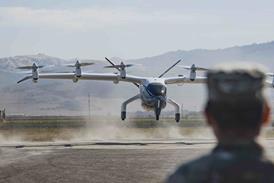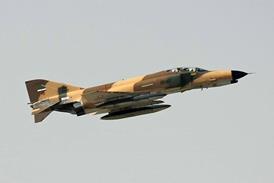AN ADVANCED acoustic processing system is being installed in a Royal Air Force British Aerospace Nimrod MR2 in preparation for classified tests with the US Navy.
The modified Rockwell-BBN (Bolt Beranek and Newman) AAP-400 airborne multi-static active-processor forms the basis for an advanced acoustic processor, which is being offered by the team for the RAF's replacement maritime-patrol-aircraft contest.
Rockwell declines to detail its bid, which is thought to involve more than one platform. The tests may have begun in July.
"We've had talks with the UK Ministry of Defence about our approach, and we've received pretty favourable comment," says Rockwell acoustic-processing unit manager, Ralph Moslener. "The UK opportunity is advanced because of the number of channels they want doing," he adds.
During the forthcoming exercise, the AAP-400 will process data from multiple-active DIFAR and passive BARRA sonobuoys in real time.
Unlike current acoustic processors, which handle signals from multiple sonobuoys in series, the AAP-400 is expected to process simultaneously signals from the array to create a three-dimensional underwater picture. The large scale, high-resolution picture will be produced, by integrating inputs from both passive and active buoys.
Rockwell's California-based Autonetics Electronics Systems division has been working with Virginia-based BBN Systems and Technologies on the upgraded processor for just over a year.
The AAPS integrates Rockwell's passive acoustic-processing experience with BBN's multi-static active-sensor field-processing capability.
The RAF's Nimrod MR2 is usually equipped with a GEC-Marconi Avionics AQS 901 acoustic-processing and display system, based on twin 920 ATC computers.
Source: Flight International




















